기뻐하며 왕께 노래부르리 g
기뻐하며 왕께 노래부르리 G (Jubilantly Sing to the King, G) is a well-known hymn in Korea, often sung by churchgoers during worship. The hymn’s origin can be traced back to the Gospel hymn “Stand Up for Jesus” by George Duffield Jr, a Protestant pastor during the 19th century. It was then translated into Korean by hymn writer Kim Suyeong in 1896. The hymn has since become a staple in Korean church services, with its upbeat tempo and joyful lyrics inspiring worshippers to celebrate and praise God.
어떤 작품인가? (What kind of work is it?)
기뻐하며 왕께 노래부르리 G is a hymn aimed at expressing the joy of worship and glorifying God. The lyrics are written from a grateful and celebratory perspective, describing God’s greatness and mercy and urging others to join in joyful praise.
작품에서 어떤 이야기가 전달되는가? (What story is conveyed in the work?)
The hymn describes the joy and excitement of worship, urging believers to celebrate God’s love and sacrifice. It also emphasizes the importance of worshipping as a community, encouraging all to join together in joyful song. In essence, the hymn is an ode to the beauty of Christian worship and the joy it brings to the faithful.
작품에서 사용된 주요 인물은? (Who are the main characters in the work?)
The hymn does not feature any specific characters but is instead a celebration of God’s love and grace towards humanity.
작품에서 사용된 문장 중 어떤 부분이 인상적인가? (What part of the work is particularly impressive?)
One of the most notable parts of the hymn is its chorus, which sings, “기뻐하며 왕께 노래 부를리, 기뻐하며 왕께 경배하니. 네 왕국을 전파할뿐 아니라, 네 사랑을 말하리이다.” This translates to “Jubilantly sing to the King, joyfully worship the King. We will not only proclaim your kingdom, but also speak of your love.” The chorus serves as a joyful reminder of the importance of praising God through song and of the responsibility of believers to share God’s love with others.
작품이 담고 있는 메시지는 어떤 것인가? (What message does the work convey?)
The message of the hymn is one of joy and celebration in the act of worship and praise. It emphasizes the importance of worshipping not only as individuals but as a community, with the shared experience of worship bringing about a deep sense of joy and gratitude. The hymn also speaks to the responsibility of believers to share God’s love and message with others, encouraging all to participate in spreading the gospel.
이 작품을 보고 느낀 감정은? (What emotions does the work evoke?)
The hymn evokes a strong sense of joy and celebration, with its upbeat tempo and cheerful lyrics inspiring feelings of gratitude and praise towards God. It is difficult to listen to the hymn without feeling uplifted and reminded of the beauty of Christian worship.
이 작품이 인간에게 미치는 영향은 무엇인가? (What impact does this work have on humans?)
For many believers, 기뻐하며 왕께 노래부르리 G serves as an important reminder of the joy and gratitude that should accompany Christian worship. It encourages believers to come together in joyful celebration and to share God’s love with others, inspiring a sense of community and purpose in those who sing the hymn.
FAQs:
Q: What is the difference between 기뻐하며 왕께 노래부르리 G and other Korean hymns?
A: 기뻐하며 왕께 노래부르리 G stands out from other Korean hymns for its upbeat tempo and celebratory message. While many Korean hymns are slow and somber, 기뻐하며 왕께 노래부르리 G encourages believers to celebrate and praise God through joyful song.
Q: Is 기뻐하며 왕께 노래부르리 G sung in churches outside of Korea?
A: While the hymn is not as well-known outside of Korea, it has been translated into other languages and is sung in churches around the world.
Q: What is the history of 기뻐하며 왕께 노래부르리 G?
A: The hymn was originally written as a translation of the Gospel hymn “Stand Up for Jesus” by George Duffield Jr. It was translated into Korean by hymn writer Kim Suyeong in 1896 and has since become a beloved staple in Korean church services.
Q: What is the significance of the hymn’s chorus?
A: The chorus serves as a joyful reminder of the importance of praising God through song and of the responsibility of believers to share God’s love and message with others.
Q: What emotions does 기뻐하며 왕께 노래부르리 G evoke?
A: The hymn evokes a strong sense of joy and celebration, with its upbeat tempo and cheerful lyrics inspiring feelings of gratitude and praise towards God.
사용자가 검색한 키워드: 기뻐하며 왕께 노래부르리 g 기뻐하며 왕께 f, 기뻐하며 왕께 노래부르리 e, 기뻐하며 왕께 노래부르리 ppt, 기뻐하며 왕께 노래부르리 악보, 기뻐하며 왕께 노래부르리 f, 기뻐하며 승리의 노래 부르리 악보, 기뻐 하며 왕께 악보, 기뻐하며 왕께 노래부르리 가사
Categories: Top 45 기뻐하며 왕께 노래부르리 g
강찬+미라클워십 | 기뻐하며 왕께 노래부르리 (G)
여기에서 자세히 보기: future-user.com
기뻐하며 왕께 f
The Origins of 기뻐하며 왕께
The term 기뻐하며 왕께 has its origins in traditional Korean language. In the late Joseon Dynasty, royal officials or subjects were often expected to present themselves in front of the king with a sense of reverence and humility. One way of demonstrating this respect was by bowing down with a smile on their faces. It is generally believed that this act of smiling while bowing down before the king was the beginning of the expression 기뻐하며 왕께.
In recent times, youngsters repurposed the expression and began using it in everyday language to express happiness and excitement about something positive that has happened to them. The term has since become synonymous with youth and their vibrant culture.
Usage in Korean Pop Culture
Korean pop culture has impacted global entertainment in ways that no one could have predicted. K-Pop boy bands and girl groups are now household names, and their influence is not limited to South Korea alone. Many of these groups have brought their unique sense of fashion, music, and language to the world stage.
In this regard, the expression 기뻐하며 왕께 has gained a lot of popularity in Korean pop culture. Many K-Pop artists have used the expression on their social media posts, music videos, and in their lyrics, amplifying its usage and solidifying it as a part of the Korean language.
For instance, in the 2021 song “Butter,” by BTS, there is a line that goes, “I’ll melt your heart into two. I got that superstar glow, so (ooh-ooh-ooh-ooh) Do the boogie like side step, my crown’s all on my head (King).” The line “my crown’s all on my head (King)” is a reference to the expression 기뻐하며 왕께(f) and its use in Korean pop culture.
Another example can be seen in the music video of the song “Love Scenario,” by iKON, where the members of the band can be seen playing traditional Korean games and dancing around with broad smiles on their faces, like they are 기뻐하며 왕께(f).
Impact on Korean Culture
In Korean society, expressions like 기뻐하며 왕께(f) are significant in that they reflect the country’s overall social and cultural values. The expression represents a sense of positivity, humility, respect, and joy that are highly valued in the Korean community. It is a way of celebrating life’s small wins and expressing gratitude for what we have.
The widespread usage of the expression in Korean pop culture has made it a unifying factor for Koreans worldwide. It connects them to their heritage and helps them celebrate their culture and traditions in a modern, globalized world.
FAQs
Q: Is the expression 기뻐하며 왕께(f) only used in Korea?
A: The expression is primarily used by Koreans, but its usage has become widespread globally due to the country’s growing cultural influence. It is common to see Korean celebrities and YouTubers use the term in their videos to express happiness.
Q: Is the expression gender-specific?
A: No, the expression is not gender-specific. Anyone can use it to express joy and happiness.
Q: Is it considered rude to use slang in Korean?
A: No, Korean slang has become an integral part of the language and is widely used in everyday life, particularly among young people.
Q: Can I use the expression 기뻐하며 왕께(f) in any situation?
A: While the expression can be used in many situations, it is best reserved for when something particularly exciting or unexpected happens.
Q: What are some other Korean slang terms?
A: There are many Korean slang terms that are popular among young people. Some examples include 대박(daebak), which is used to express astonishment, 노잼(nojam), which means boring, and 꿀잼(gguljam), meaning fun.
Conclusion
In conclusion, the expression 기뻐하며 왕께(f) is a fascinating piece of Korean slang and serves as a reflection of the country’s rich cultural heritage and values. Its widespread usage among Korean millennials and Gen Z reflects the young generation’s vibrant culture and their eagerness to embrace new trends. As Korean pop culture continues to gain global influence, it is no doubt that expressions like this will become even more popular and spread throughout the world.
기뻐하며 왕께 노래부르리 e
The Meaning and Significance of 기뻐하며 왕께 노래부르리
The phrase 기뻐하며 왕께 노래부르리 literally means “joyful singing to the King.” This hymn is known for its jubilant and exuberant melody, which inspires the feeling of joyful worship. The song expresses the adoration that worshippers feel for God, and the joy that comes from knowing and worshipping Him.
The lyrics of 기뻐하며 왕께 노래부르리 are a celebration of God’s majesty, power, and glory. The hymn begins with the line “Joyful, joyful, we adore thee, God of glory, Lord of love,” which addresses God’s majesty and love. The verse continues to describe the beauty of nature, which is a reflection of God’s glory, and the joy that comes from experiencing His love.
The second verse of the hymn focuses on the redemptive work of Christ. It begins with the line “All thy works with joy surround thee, earth and heaven reflect thy rays,” and goes on to describe how Christ’s sacrificial death on the cross has reconciled humanity to God.
The third verse of the hymn is a prayer for God’s sustaining grace. It begins with the line “Thou art giving and forgiving, ever blessing, ever blessed,” and goes on to ask for God’s ongoing protection and guidance.
The final verse of the hymn is a triumphant declaration of God’s victory over sin and death. It begins with the line “Mortals, join the mighty chorus, which the morning stars began,” and goes on to describe how God’s victory over death has transformed all of creation.
Throughout the hymn, the language is rich and poetic, full of vivid imagery that inspires worship and awe. The hymn’s joyful melody and powerful lyrics have made it a beloved part of Christian worship for over a century.
The History of 기뻐하며 왕께 노래부르리
The hymn 기뻐하며 왕께 노래부르리 was written by Henry van Dyke, a prominent American theologian and writer, in 1907. Van Dyke originally wrote the hymn as a poem, which he titled “Hymn of Joy.”
Van Dyke wrote the hymn while serving as a guest preacher at Williams College in Massachusetts. He was inspired by the setting of the college, which was located in the Berkshire Mountains and had beautiful views of the surrounding landscape.
The hymn was set to music by Ludwig van Beethoven’s “Ode to Joy,” which had been adapted into a hymn by Edward Hodges in the mid-19th century. Van Dyke’s poem was paired with Hodges’ melody, and the hymn was born.
Since its creation, 기뻐하며 왕께 노래부르리 has been translated into countless languages and has become a staple of Christian worship around the world. In many countries, it is sung as a Christmas carol, and it is often played at weddings and other celebrations.
The Impact of 기뻐하며 왕께 노래부르리 on Contemporary Christian Worship
기뻐하며 왕께 노래부르리 remains a beloved part of Christian worship today, and its lyrics continue to inspire believers around the world. The hymn’s joyful melody and powerful lyrics make it a popular choice for worship services, and its historic significance has cemented its place in the canon of Christian hymns.
In recent years, there has been a resurgence of interest in traditional Christian hymns, and 기뻐하며 왕께 노래부르리 has been at the forefront of this trend. Many contemporary Christian artists have recorded their own versions of the hymn, adding their own unique interpretations to the timeless lyrics.
FAQs Section:
Q: What is the meaning of 기뻐하며 왕께 노래부르리?
A: 기뻐하며 왕께 노래부르리 means “joyful singing to the King.” The hymn is a celebration of God’s majesty, power, and glory, and expresses the adoration that worshippers feel for God.
Q: Who wrote 기뻐하며 왕께 노래부르리?
A: 기뻐하며 왕께 노래부르리 was written by Henry van Dyke, a prominent American theologian and writer, in 1907.
Q: What is the history of 기뻐하며 왕께 노래부르리?
A: 기뻐하며 왕께 노래부르리 was written in 1907 by Henry van Dyke. The hymn was set to music by Ludwig van Beethoven’s “Ode to Joy,” which had been adapted into a hymn by Edward Hodges in the mid-19th century.
Q: Why is 기뻐하며 왕께 노래부르리 still popular today?
A: 기뻐하며 왕께 노래부르리 remains a popular hymn today because of its joyful melody, powerful lyrics, and historic significance. It is still sung in churches and religious gatherings around the world and continues to inspire believers to this day.
Q: Has 기뻐하며 왕께 노래부르리 been translated into other languages?
A: Yes, 기뻐하며 왕께 노래부르리 has been translated into countless languages and is sung worldwide in churches and religious gatherings.
기뻐하며 왕께 노래부르리 ppt
The song has gained even more popularity in recent years with the release of a PowerPoint presentation, or ppt, that features stunning visuals and powerful lyrics. In this article, we will explore the origins and meaning of 기뻐하며 왕께 노래부르리, its impact on the Korean Christian community, and the significance of the ppt.
Origins of 기뻐하며 왕께 노래부르리
The song 기뻐하며 왕께 노래부르리 was originally written in English by Lynn DeShazo in 1989. The lyrics were inspired by Psalm 95:1-3, which reads, “Come, let us sing for joy to the Lord; let us shout aloud to the Rock of our salvation. Let us come before him with thanksgiving and extol him with music and song. For the Lord is the great God, the great King above all gods.”
The Korean version of the song, which is now widely popular in Korea, was first translated by Kim Jung-Hwan in 1991. He was a missionary who worked in the city of Wonju, and he translated the lyrics into Korean so that the local church could sing it during their worship services.
The song quickly caught on and became a beloved hymn among the Korean Christian community. It has since been translated into numerous other languages and has been sung all over the world.
Meaning of 기뻐하며 왕께 노래부르리
The lyrics of 기뻐하며 왕께 노래부르리 are simple but powerful. They encourage believers to come before God with joy and gratitude, acknowledging His greatness and declaring their love for Him. The chorus repeats the phrase “Hallelujah, Hallelujah, Hallelujah, Amen,” which is a common expression of praise in many Christian traditions.
The song is a reminder that even in the face of adversity and trials, believers can find joy and strength by focusing on the goodness and faithfulness of God. The lyrics are a call to worship, to lift up our voices and hearts in praise to the King of Kings.
Impact on the Korean Christian community
기뻐하며 왕께 노래부르리 has become much more than just a song for the Korean Christian community. It has become a symbol of their faith, a way to connect with each other and with God.
The song is often sung during worship services, but it has also been used in other settings, such as prayer meetings and street evangelism. Many believers have shared stories of how the song has lifted their spirits and given them the strength to face difficult times.
The popularity of the song has also led to the creation of many cover versions and adaptations. For example, a popular Korean folk band called Echae En Route released a unique version of the song in 2017 that uses traditional Korean instruments like the gayageum and the janggu.
The PowerPoint presentation
In recent years, a PowerPoint presentation featuring the song has become hugely popular in Korean churches. The ppt includes stunning visuals that match the lyrics of the song, creating a powerful and immersive experience for worshipers.
The ppt was created by a man named Kim Young-il, who first shared it at his church in Daejeon in 2004. He had been creating PowerPoint presentations for his church for years, and he decided to put together a presentation for 기뻐하며 왕께 노래부르리 that would capture the beauty and joy of the song.
The ppt went viral within the Korean Christian community, and it has since been shared and used by countless churches throughout the country. The visuals are so powerful that they have even been credited with bringing non-believers to tears.
FAQs
Q: What does 기뻐하며 왕께 노래부르리 mean in English?
A: The Korean title of the song translates to “Singing to the King with Joy” in English.
Q: Who wrote the song 기뻐하며 왕께 노래부르리?
A: The song was originally written in English by Lynn DeShazo in 1989. The Korean version was translated by Kim Jung-hwan in 1991.
Q: Why has 기뻐하며 왕께 노래부르리 become so popular in Korea?
A: The song has become a symbol of the Korean Christian faith, and it is often sung during worship services and other gatherings. The PowerPoint presentation has also helped to make the song more visually appealing and immersive.
Q: What is the significance of the ppt?
A: The PowerPoint presentation is a way to visually enhance the experience of singing 기뻐하며 왕께 노래부르리. It features stunning visuals that match the lyrics of the song, creating a powerful and immersive experience. The ppt has become hugely popular in Korean churches and has been credited with bringing non-believers to tears.
주제와 관련된 이미지 기뻐하며 왕께 노래부르리 g

기뻐하며 왕께 노래부르리 g 주제와 관련된 이미지 40개를 찾았습니다.



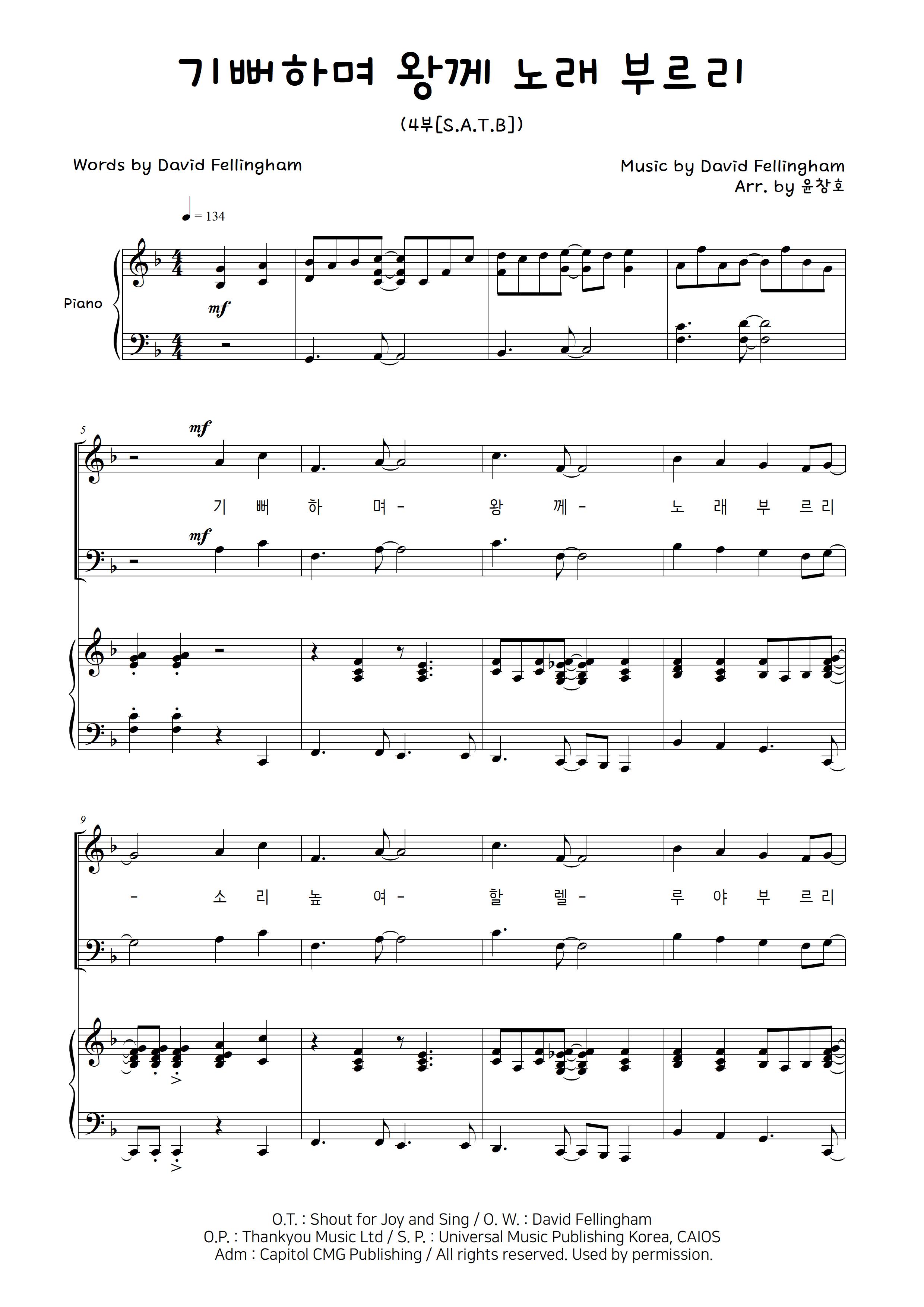
![악보] 기뻐하며 왕께 노래 부르리 : 네이버 블로그 악보] 기뻐하며 왕께 노래 부르리 : 네이버 블로그](https://mblogthumb-phinf.pstatic.net/MjAyMTExMTZfMTk0/MDAxNjM3MDY3OTY0NDMy.CGzKy1fd1Da2VkT7y19i4wbkN1aT8J0Fe-tSYRcfEF4g.n83zMRws-ufDoV3EQ_6QJYdwv3wxK1dUDD2fzBpBI38g.PNG.joseph1040/%EA%B8%B0%EB%BB%90%ED%95%98%EB%A9%B0%EC%99%95%EA%BB%98%EB%85%B8%EB%9E%98%EB%B6%80%EB%A5%B4%EB%A6%AC.png?type=w800)
-1.png?type=w800)

![악보] CCM 피아노 연주 | 기뻐하며 왕께 노래 부르리 Shout for Joy and Sing | by LaLLa - YouTube 악보] Ccm 피아노 연주 | 기뻐하며 왕께 노래 부르리 Shout For Joy And Sing | By Lalla - Youtube](https://i.ytimg.com/vi/7MMfUEdiihc/maxresdefault.jpg)

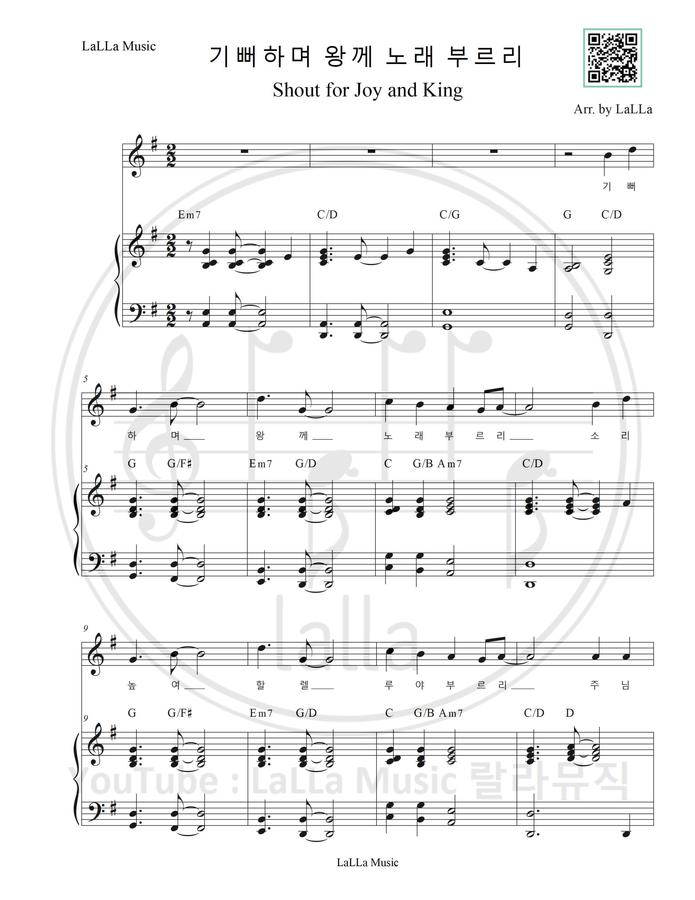
-1.png?type=w800)



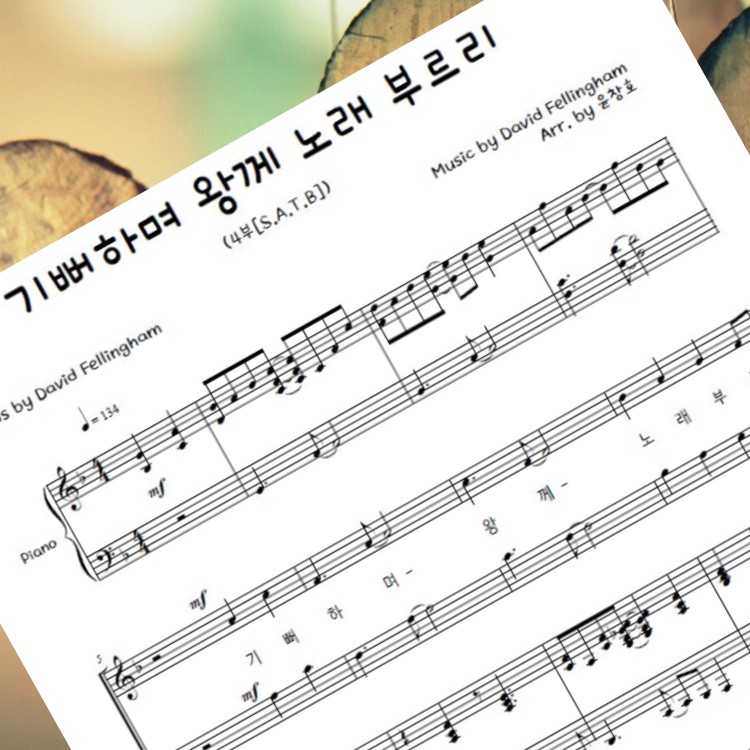

-1.png?type=w800)

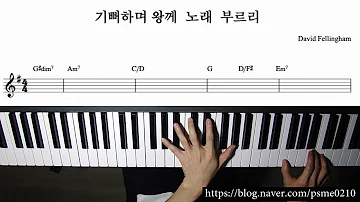

-1.png?type=w800)


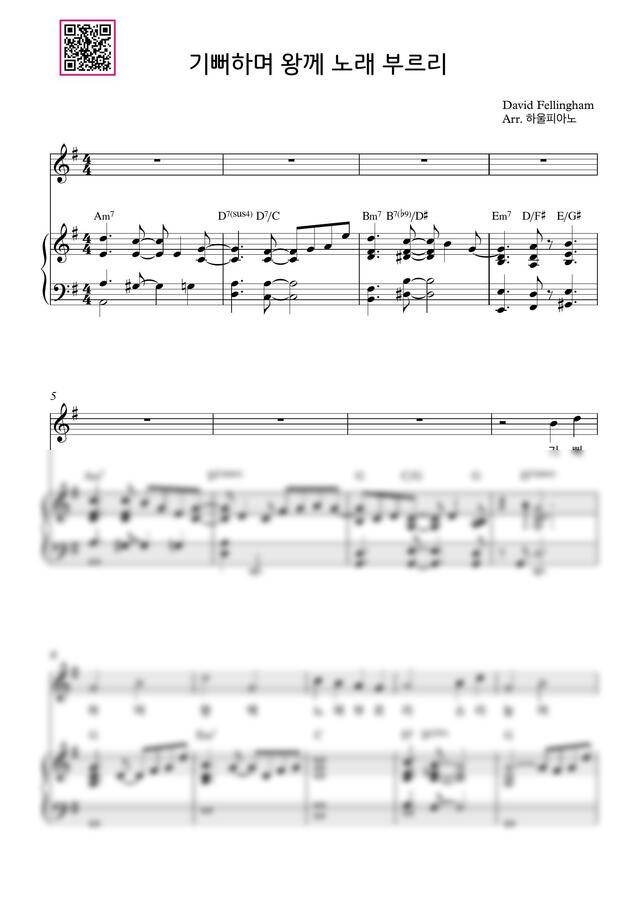


![골방찬양] 기뻐하며 왕께 노래부르리 - YouTube 골방찬양] 기뻐하며 왕께 노래부르리 - Youtube](https://i.ytimg.com/vi/HZW0mQ_NBzw/maxresdefault.jpg)

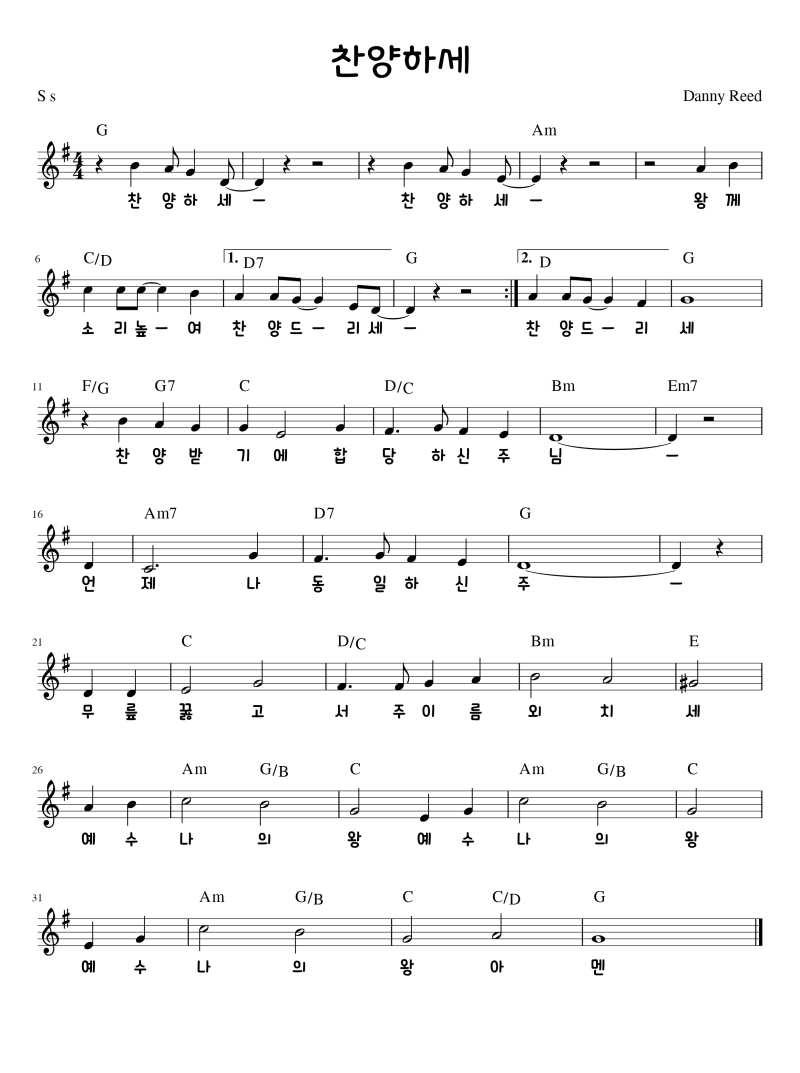













![악보Sheet] 기뻐하며 왕께 노래 부르리 Shout For Joy And Sing / Music by David Fellingham / CCM Reharmonization - YouTube 악보Sheet] 기뻐하며 왕께 노래 부르리 Shout For Joy And Sing / Music By David Fellingham / Ccm Reharmonization - Youtube](https://i.ytimg.com/vi/3CbXXiAyjd0/maxresdefault.jpg)
Article link: 기뻐하며 왕께 노래부르리 g.
주제에 대해 자세히 알아보기 기뻐하며 왕께 노래부르리 g.
- 기뻐하며 왕께 노래 부르리 – G코드 악보/가사 – 30story
- 기뻐 하며 왕께 노래 부르리 / G코드 빠른 찬양 / 마커스, 양양 …
- G코드 찬양 악보 / 기뻐하며 왕께 노래부르리 / 악보 / 가사 / PPT
- 기뻐하며 왕께 노래부르리 (G) :: 예배자를 위한 온라인 찬양집
- 기뻐하며왕께노래부르리 – CCM악보
더보기: https://future-user.com/wki
Để lại một bình luận